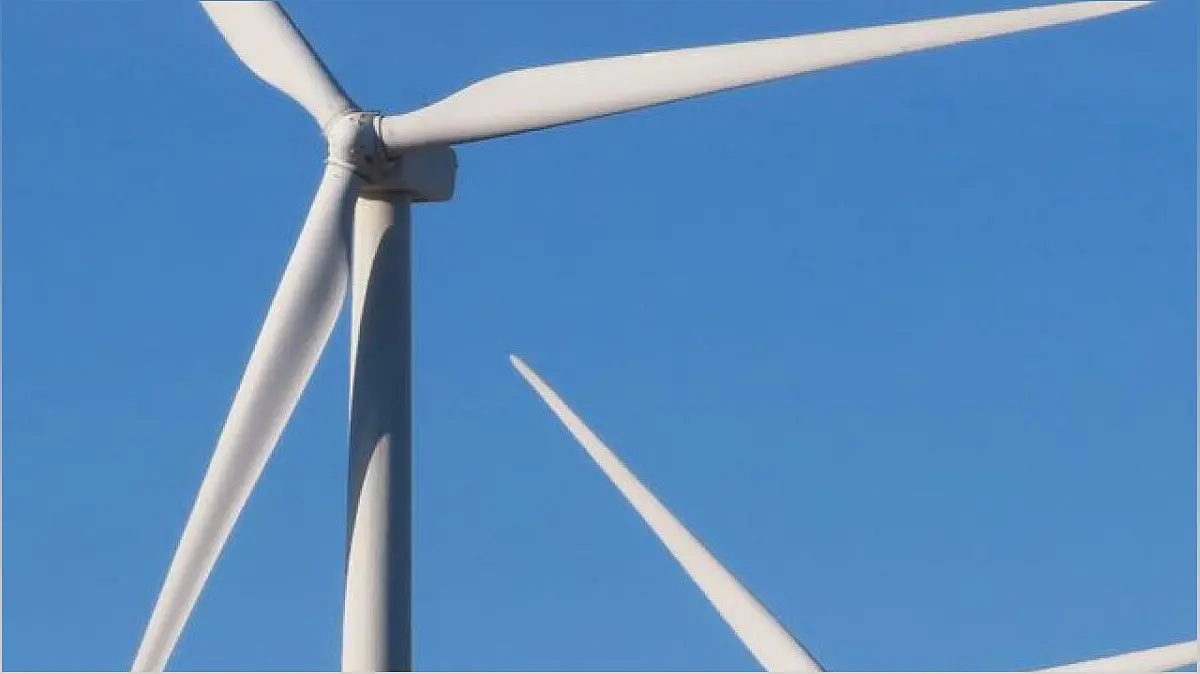As the renewable energy industry continues to grow, so does the issue of waste management. With thousands of metric tons of wind turbine blades reaching the end of their lifespan each year, finding sustainable solutions is crucial. In this article, we explore how companies like Canvus are repurposing these blades, turning them into functional and aesthetically pleasing products. Join us as we delve into the innovative world of wind turbine blade recycling and its positive impact on sustainability.
The Growing Problem of Wind Turbine Blade Waste
Explore the environmental challenge posed by wind turbine blade waste and the need for sustainable solutions.
With the rapid growth of the renewable energy industry, the issue of wind turbine blade waste has become a pressing concern. As these blades reach the end of their lifespan, the disposal of these massive structures poses a significant environmental challenge. Landfills and incineration have been the common fate for most blades, but this approach is not sustainable in the long run.
It is estimated that by 2025, Europe alone will generate 25,000 metric tons of wind turbine blade waste annually. This alarming statistic highlights the urgent need for innovative and sustainable solutions to address this growing problem.
Repurposing Wind Turbine Blades: A Second Life for Sustainable Products
Discover how companies like Canvus are repurposing wind turbine blades, giving them a second life as functional and eco-friendly products.
One promising solution to the wind turbine blade waste problem is repurposing. Companies like Canvus have found creative ways to transform these blades into functional and aesthetically pleasing products, giving them a second life.
Canvus, based in Ohio, has developed a process to convert retired wind turbine blades into benches, planters, and other innovative products. By utilizing the durable materials of the blades, they create long-lasting and sustainable items that contribute to a circular economy.
These repurposed products not only help reduce waste but also serve as a visual reminder of the importance of sustainability. They can be found in public spaces, schools, and parks, providing a unique and eco-friendly seating and landscaping solution.
Challenges and Innovations in Wind Turbine Blade Recycling
Explore the obstacles faced in wind turbine blade recycling and the innovative solutions being developed by the industry.
Recycling wind turbine blades presents several challenges due to their composition and size. The blades are typically made of fiberglass and coated with epoxy resins, making them difficult to crush or recycle through traditional methods.
However, turbine manufacturers and startups are actively working on finding solutions. Some companies are developing recyclable blade materials, while others are exploring alternative uses for the blades, such as using them as fuel for cement-making or repurposing them into new products.
While these innovations show promise, there is still much work to be done to establish efficient and scalable recycling processes for wind turbine blades.
The Environmental and Economic Benefits of Wind Turbine Blade Repurposing
Learn about the positive impact of wind turbine blade repurposing on the environment and the economy.
Repurposing wind turbine blades offers significant environmental benefits. By diverting these blades from landfills and incineration, it helps reduce carbon emissions and conserves valuable landfill space.
Moreover, the repurposing industry creates new job opportunities and stimulates economic growth. Companies like Canvus not only contribute to sustainability but also support local economies by manufacturing and selling their repurposed products.
By choosing repurposed wind turbine blade products, individuals and businesses can make a positive impact on the environment while supporting a circular economy.

